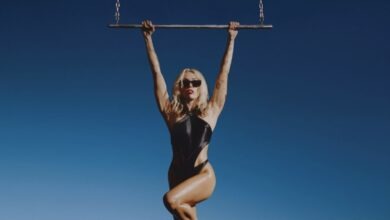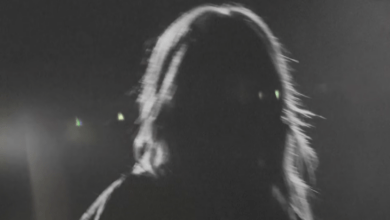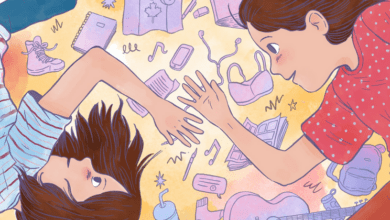“Folks Say I’m Crooked”: Celebrating Black Lesbian Blues Icons

February is Black History Month in the USA, and LGBT History Month in the UK. So this is the perfect time to explore the rich Black lesbian herstories found in blues music. Bessie Smith, Ma Rainey, Gladys Bentley, Alberta Hunter, Ethel Waters – they all had relationships with other women. Some even sang about it.
Open references to lesbian relationships were far from typical of 1920s American culture. After all, sexual activity between people of the same sex was illegal – and would remain so long past the lifetimes of these legends. But the blues opened up a space for the sexual expression of lesbian and bisexual women.
Earthy, heartfelt, and full of unrestrained passion, the genre wasn’t the least bit concerned with respectability politics. In fact, many blues lyrics make today’s music seem tame by comparison. Lucille Bogan’s Shave ‘Em Dry (an old euphemism for fucking without foreplay) has an unforgettable opener:
“I got nipples on my titties big as the end of my thumb, I got somethin’ between my legs’ll make a dead man come.” And the song only gets filthier from there. Lucille Bogan walked so that Cardi B could bring a bucket and a mop for this wet ass p*ssy.
Raunchiness was standard in blues music. Behaviour that would have been branded as deviant or immoral in mainstream society was accepted in this context. The blues were a subculture that thrived in dive bars and basement parties – the past equivalent of a club or an illegal rave. Anything went. Which opened up the space for lyrics about lesbian relationships, desire, and presentation.
Bessie Smith – once the highest paid performer in the United States – had relationships with women. Some suggest that Smith was bisexual because of her marriage to Jack Gee. Others argue that Smith was a lesbian looking to pass as straight for the sake of her career. And we’ll never know for sure.
Either way, she had numerous affairs with women – passion Smith gave voice to through her music. Take, for example, The Boy in the Boat:
“When you see two women walking hand in hand, just look ’em over and try to understand: They’ll go to those parties—have the lights down low—only those parties where women can go.” Smith is quite clearly singing about lesbian couples. And lesbian orgies. Which were far more commonplace than modern day dykes might think.
Ma Rainey – Bessie Smith’s mentor, and mother of the blues – was also a regular participant in lesbian orgies. She was even arrested at one; Bessie Smith bailed her out of jail the next morning.
Ma was open about her relationships with women, leveraging her star power and countercultural capital to live as she pleased. In “Prove It On Me” Blues, Ma makes her feelings clear:
Where she went, I don’t know
I mean to follow everywhere she goes;
Folks say I’m crooked. I didn’t know where she took it
I want the whole world to know.
I went out last night with a crowd of my friends,
It must’ve been women, ’cause I don’t like no men.
Wear my clothes just like a fan,
Talk to the gals just like any old man.
Butch aesthetics were very much a part of the blues scene. And nobody did it better than Gladys Bentley. From early on in her life, Bentley preferred to wear her brother’s clothes. And she often dressed in three-piece suits for her shows, complete with top hat and cane, flirting openly with women in the audience.
Bentley was also a regular at Mona’s – the first lesbian club in San Francisco. She wasn’t just a patron of Mona’s, but a regular performer on stage. Bentley was a butch lesbian who found her place in the world by singing the blues. She even married a white woman in 1931, though the ceremony wasn’t legally recognised.
Alberta Hunter was another popular lesbian blues singer, though she kept her sexuality under wraps. She had a talent for improvising lyrics, which made Hunter a fan favorite. She rose to fame in the 1920s, recording her own music and performing not only in cities across the USA but Europe.
This success wasn’t a straightforward source of joy, adding to the pressure Hunter felt to pass as straight. But still, she found love. Hunter travelled to France with her girlfriend, Lottie Tyler. And the couple stayed together for decades, until Tyler’s death.
Like Alberta Hunter, Ethel Waters had an immensely successful career. As well as being a well-known blues singer, Waters went on to become the first African-American to star in her own television show. She was also the first Black woman to be nominated for a Primetime Emmy Award. But before Ethel made it to the big leagues, she had a romance with another woman: a dancer by the name of Ethel Williams. They performed together as The Two Ethels. And they lived together in Harlem.





